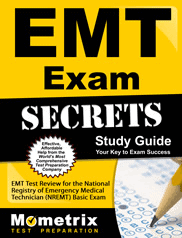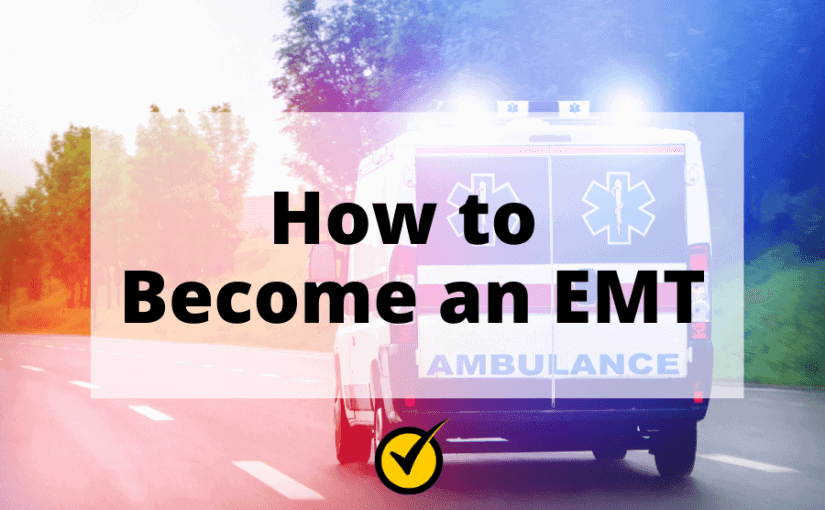– As of May 2019, there were 265,200 employed EMTs.
– EMTs are employed by private ambulance services, hospitals, fire departments, governments, and police departments.
An EMT, or Emergency Medical Technician, are medical professionals who work on ambulances that respond to 911 calls. These calls can be anything from a life-threatening issue such as a heart attack to minor issues such as a sprained ankle. EMTs are usually the first to arrive at the scene of a crisis, accident, or medical emergency.
What are the Responsibilities of an EMT?
An EMT’s responsibilities could mean the life or the death of a patient and these medical professionals must perform their responsibilities quickly and efficiently to help those patients.
Common EMT Responsibilities:
- Transportation of patients to the hospital
- Respond to 911 calls
- Assess patient injuries and determine a course of action
- Perform physical exams
- Perform CPR and defibrillation to resuscitate patients
- Control bleeding and pack or dress wounds
- Treat minor wounds
- Open and maintain patient airways
- Administer medications
- Treat symptoms of shock
- Administer oxygen
- Comfort and reassure patients in distress
- Communicate with the receiving physicians about patient status and treatments the administered
- Fill out reports about the treatment performed
How Much Do EMTs Make?
As of May 2019, EMTs made an average of $35,400 per year, which is $17.02 per hour. However, an EMT’s pay can depend on their geographic location as well as their employer, depending on if they work for the government or for a private employer.
Top 10% Annual Salary: $59,860 ($28.78 per hour)
Median Annual Salary: $35,400 ($17.02 per hour)
Lower 10% Annual Salary: $23,490 ($11.30 per hour)
The majority of EMTs, roughly 39% (122,910 EMTs), work for private ambulatory health care services with an annual salary of $35,670, which is $17.15 per hour.
What is the Job Outlook for EMTs?
According to BLS.gov, the job outlook for EMTs is 6% through 2029.
How to Become an EMT
To become an EMT, you won’t need to have a degree, but there are a few other steps to cover before you can become an EMT.
- Have a high school diploma or GED.
- Have a CPR certification.
- Pass a background check.
- Complete EMT Basic Training.
This will need to be a college or school that offers an accredited EMT course. Each state has its own requirements and prerequisites for becoming an EMT. Courses are usually 150 hours long over a period of a few months. Some colleges may offer an EMT course that takes a full semester to complete.
EMT Certification: The Definitive Guide
- Pass the National or State Exam to become a Certified EMT

Most states require you to pass the NREMT (National Registry of Emergency Medical Technicians) exam. In order to take the exam, you must have completed your training within the last two years.
The NREMT exam includes a cognitive test and a psychomotor portion.
The cognitive test of the exam will cover the entire spectrum of EMT care such as airway, respiration and ventilation, trauma, cardiology and resuscitation, etc.
The psychomotor portion will require you to demonstrate that you have skills in patient assessment/management of a trauma patient, patient assessment/management of a medical patient, cardiac arrest management, etc.
Get more EMT help by using our online EMT Prep Course.

